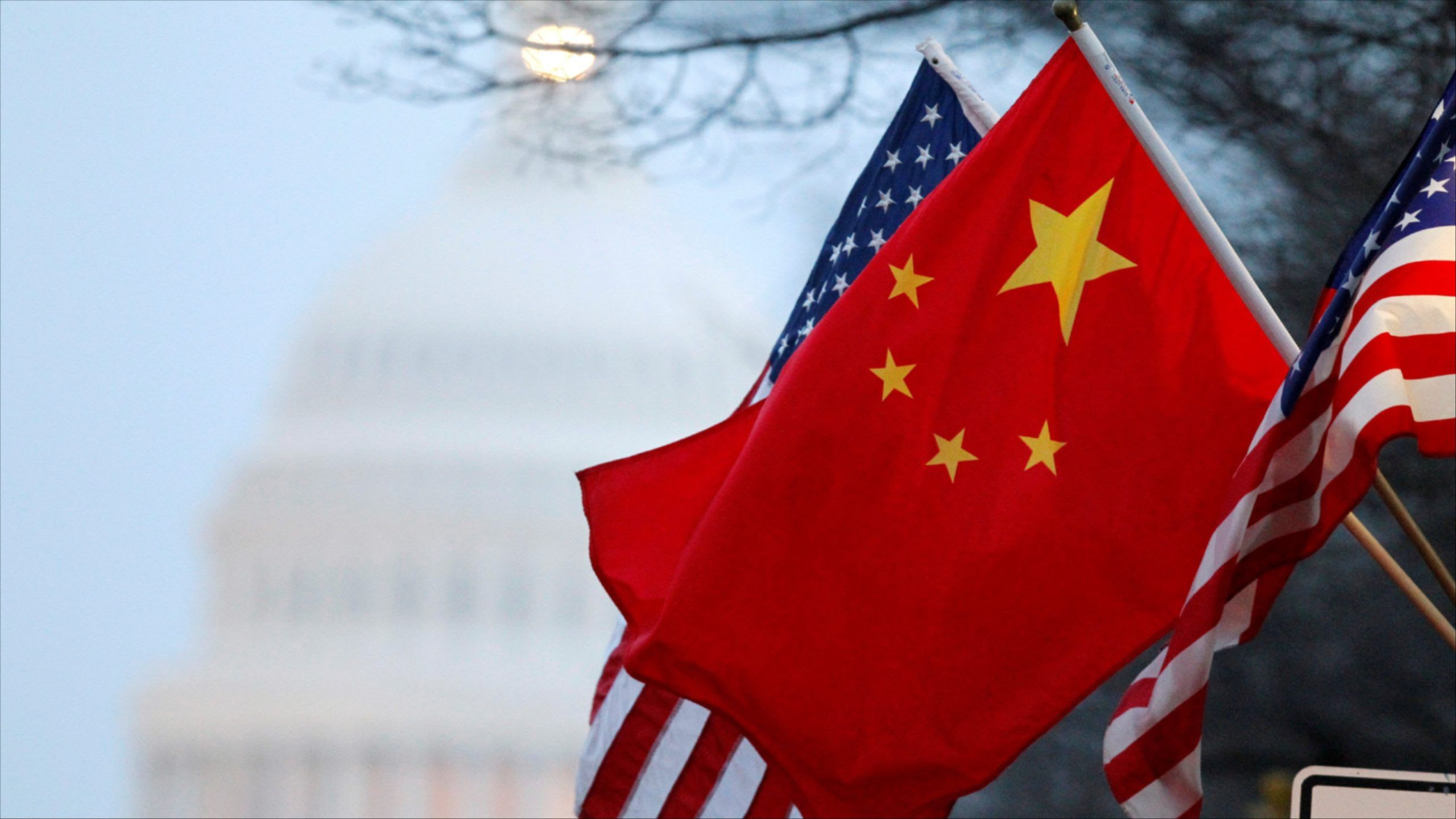The cordial tone struck at trade talks between the US and China on Friday belied a week in which the world’s two biggest powers looked more likely than ever to come to blows.
As US President Donald Trump intensifying his rhetoric against Beijing with his now-daily accusations of Chinese culpability for the coronavirus outbreak, the PRC's leaders have bristled with indignance.
It’s like the bad old days of the Cold War all over again, writes Gordon Watts in a piece that highlights the growing fractures in the never-warm relationship between the two nations.
The manic hyperbole emanating from Beijing and Washington has chilled the diplomatic atmosphere amid the coronavirus pandemic and rising tensions in the South and the East China seas.
There are even fears inside President Xi Jinping’s administration that a US-inspired coalition will challenge the Communist Party’s right to rule, Watts writes.
To understand the reasons behind Trump’s invective, don’t look for clues in his flip-flopping Tweets, which have tied even him in knots, argues. MK Bhadrakhumar argues there may be three different explanations: the most obvious being that its a cover up for his own parlous response to the pandemic, which has left the US with the highest virus-linked death rate in the world.
Such are the depths that the never-terribly-special relationship has plumbed that the US Marines are beefing up to take on an increasingly belligerent China, reports Grant Newsham.
With China arming itself to the teeth and jostling for more control over the South China Sea, the Marines – widely seen as the most ferocious and expeditionary force in the Pentagon’s portfolio – are rising to the challenge with new strategies designed to frustrate the People’s Liberation Army in its own neighbouhood.
| 








No comments:
Post a Comment